
Sanctions work like blockades. You have to patrol them. That blunt assessment from European policy analysts has never felt more relevant. In the weeks since Washington imposed direct measures on Rosneft and Lukoil, price collapses, buyer withdrawals and mounting logistical headaches have jolted Russia’s oil sector. The penalties, announced Oct. 22, mark the most aggressive U.S. action against Russia’s energy industry since the invasion of Ukraine.
The Treasury has set out to erode the war chest funding Moscow’s military campaign by cutting off access to the U.S. dollar system for non‑compliant firms and targeting the Kremlin’s most lucrative export stream. Early market data and shipping patterns show a rapid tightening of Russia’s oil lifelines. What follows is an overview of the most impactful changes now reshaping Russian crude flows, pricing, and broader global market dynamics, each with direct relevance for energy traders, shipping operators, and geopolitical risk watchers.
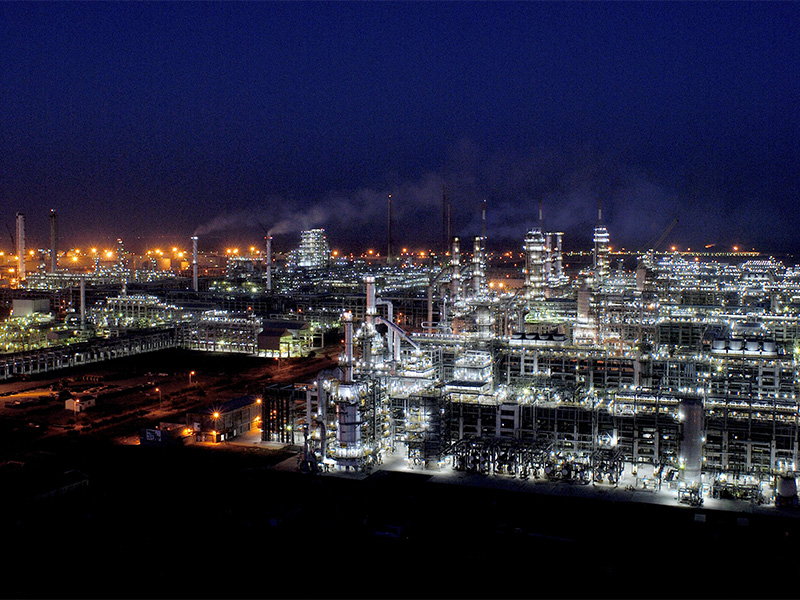
1. Historic Price Collapse in Urals Crude
In the weeks since sanctions were announced, Urals crude loaded at Novorossiysk has slumped to $36.61 a barrel, the lowest in nearly three years. The discount to Brent reached $23.5, almost double the gap before the sanctions. In the months up to October, Urals traded $12–13 below Brent; now the spread is approaching early‑2023 records. This collapse is more than a market fluctuation; it speaks to the severe erosion of Russia’s pricing power, with refiners in both India and China finally bringing purchases to a near-halt, forcing sellers into steep discounts to move cargoes and undermining budget revenues that were already down 27% year‑on‑year in October.
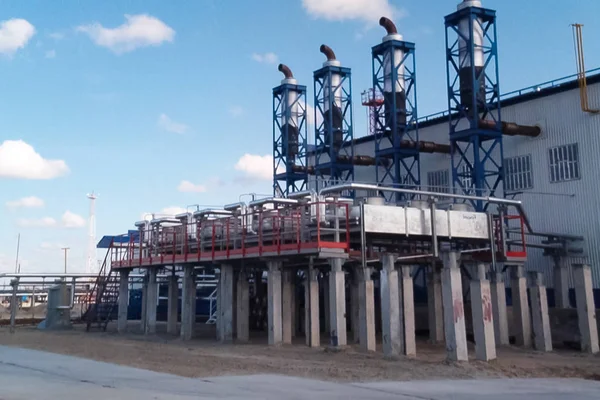
2. Buyers Strike – India and China
The five biggest refiners of India combined import about 1 mln bbl/day from Russia and have refused shipments scheduled after Nov. 21. Chinese state-owned giants Sinopec, PetroChina, along with independents, have suspended direct buying from Rosneft and Lukoil. The coordinated pullback has affected nearly 45% of Russian exports to China, leaving growing volumes stranded at sea. If the estimate by JPMorgan is anything to go by, one-third of Russia’s seaborne exports, which is 1.4 million barrels a day, are now in floating storage, adding cost and uncertainty to the trade.
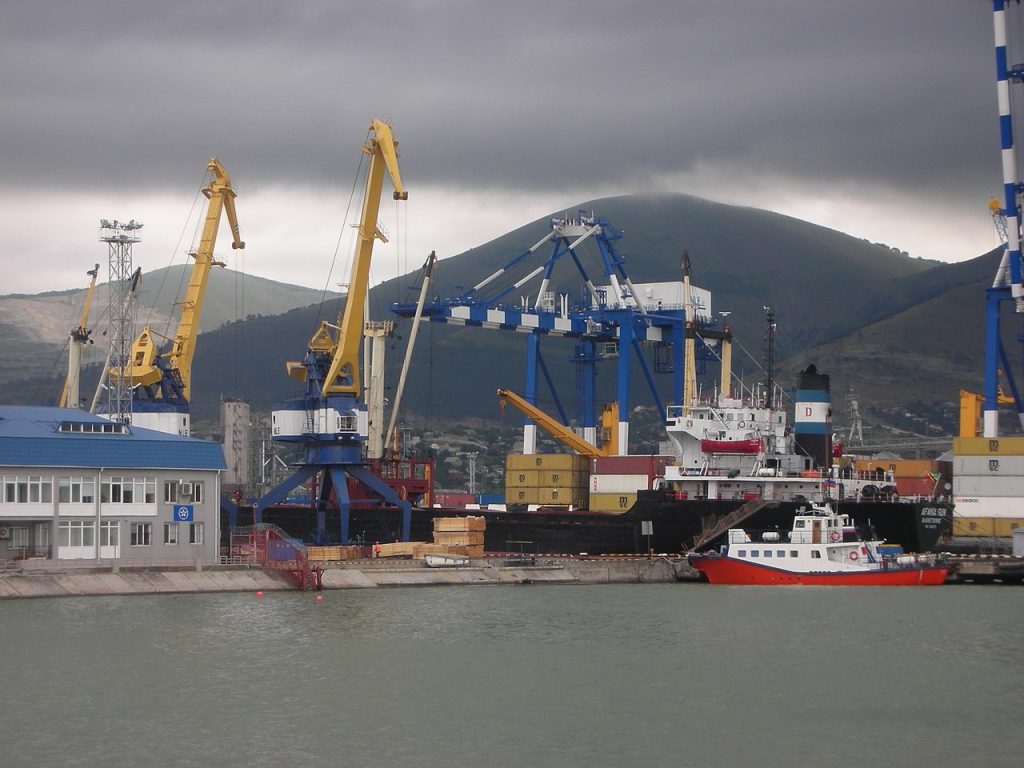
3. Kinks at Novorossiysk Port
A drone-and-missile strike from Ukraine temporarily shut off oil loadings at Novorossiysk, Russia’s key Black Sea export hub. Operations resumed, but the disruption added to the influence of the sanctions by tightening short‑term supply and rattling shipping schedules. The vulnerability of the port offers a look into how military action and economic measures increasingly mix to pressure Russian export infrastructure, forcing traders to take into consideration not just regulatory constraints but even physical security risks.
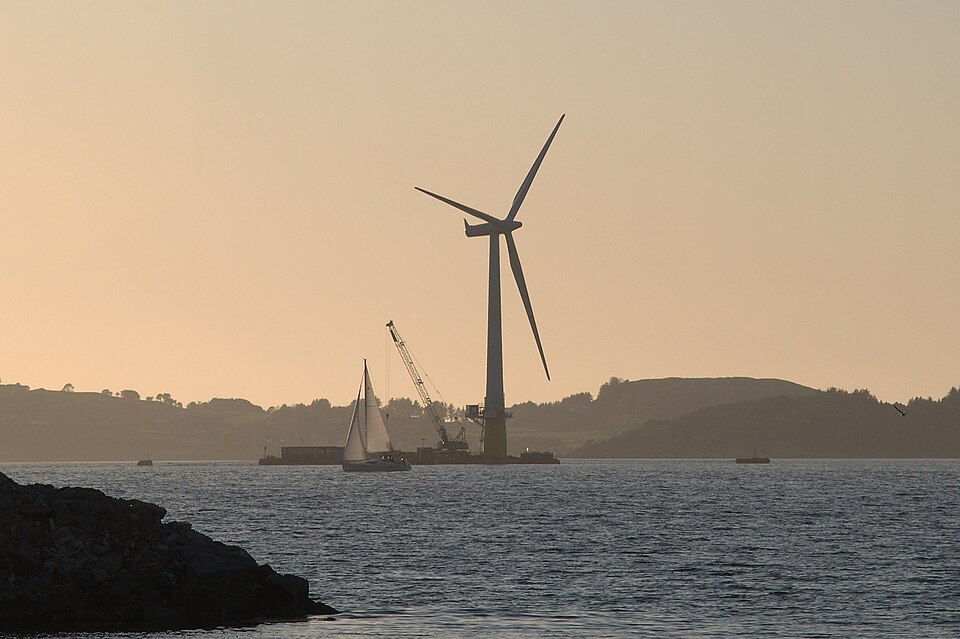
4. EU’s New Floating Price Cap
In September, the EU replaced the flat $60 per barrel cap with a floating threshold pegged to 15 percent below the six‑month average price of Urals. The first adjustment lowered the cap to $47.60 per barrel, immediately tightening compliance requirements. This mechanism forces constant recalibration by traders and insurers, eroding the ability of Russia to lock in long‑term deals. Furthermore, with the EU aligning its policy with that of the UK, it has increased the leverage that Western maritime service providers have over Russia’s export routes.

5. Withdrawal of G7-related tankers
G7‑flagged or insured tankers have already begun pulling out of Russian crude trades, ahead of the lower cap. Volumes for Greek operators once dominant in lifting Urals fell from 24.5 million barrels in June to 21.7 million in July. It relies on its shadow fleet to plug the gap, which increases costs and complicates logistics-particularly for long‑haul shipments to Asia.
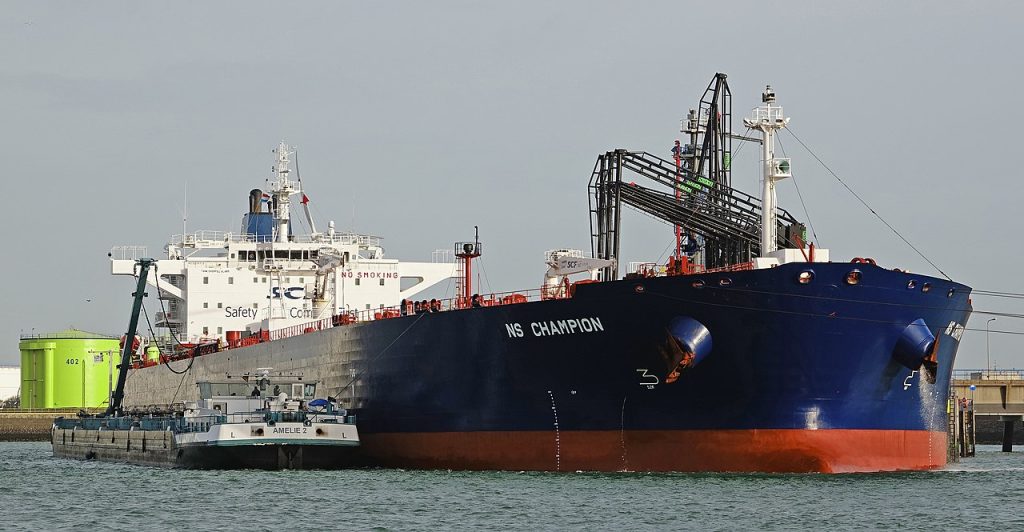
6. Shadow Fleet Expansion
Today, estimates by analysts place the number of ships in Russia’s shadow fleet at anywhere between 600 and 1,400 vessels, many of them either older and/or uninsured. These vessels conduct ship‑to‑ship transfers, falsify cargo origins, and fly flags of convenience to avoid sanctions. The latest EU package named another 105 vessels, putting the number close to 500 so far. More than 200 of those have been Aframax tankers. This shrinks Russia’s legitimate transport options, forcing reliance on riskier trades with higher insurance and maintenance costs.
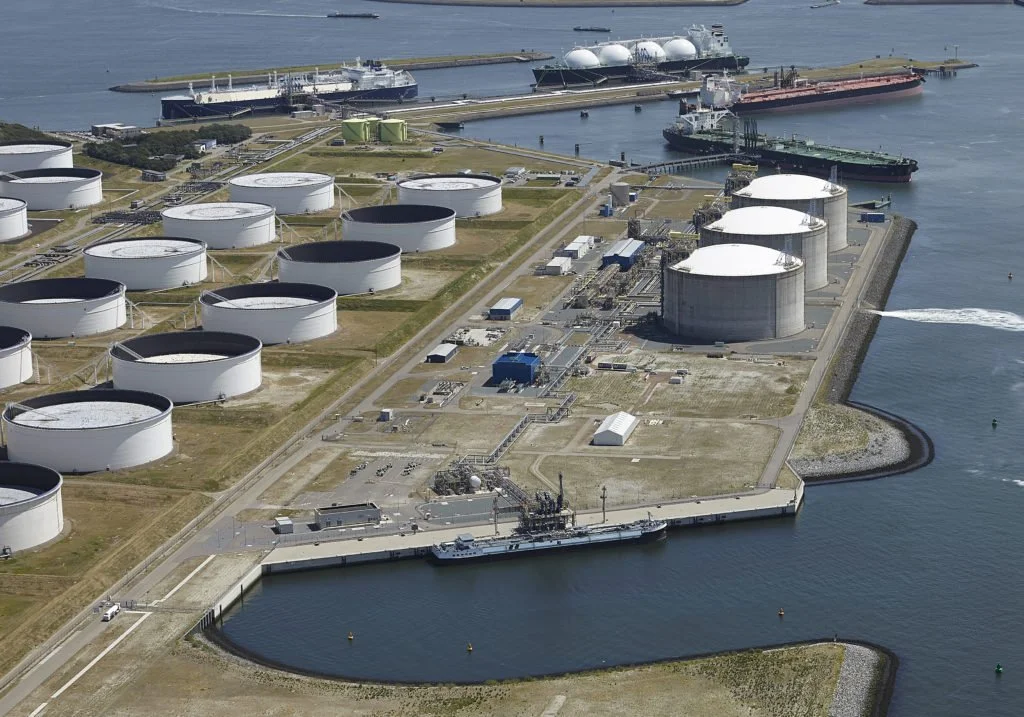
7. Ban on Third-Country Refined Products
From January 2026, the EU also prohibits imports of petroleum products that have been refined from Russian crude in third countries. Plants like the Vadinar refinery in India-part-owned by Rosneft-have been at the heart of the re‑routing of Russian oil into Europe. While delayed, the ban is already inspiring caution among buyers and is a signal that indirect channels for Russian oil are closing and the sanctions net beyond direct crude exports is tightening.

8. Challenges in Enforcement and Loopholes
Sanctions enforcement depends on targeting intermediaries, from trading desks to refiners and shippers, that facilitate the banned deals. Unless these gaps are shut, Russia will continue to exploit weaknesses in origin‑tracking, as already seen in crude relabeled via India. The good example of how the licensing power can disrupt transactions before completion is provided by the block of Lukoil’s asset sale to Gunvor by the Treasury. To sustain this pressure, however, consistent application will be vital.

9. Fiscal strain on the Kremlin
With Rosneft and Lukoil accounting for half of Russia’s crude exports, and 70% of volumes now under U.S. blocking sanctions when including other producers, the budget hit is considerable. Revenues from oil-the Kremlin’s largest source of income-are declining sharply. The growing deficit was forcing hard choices between funding the war and maintaining domestic programs, thereby raising the strategic cost of sustaining current operations, with military expenditures remaining high.
The sanctions on Rosneft and Lukoil have set in motion a cascade of market, logistical, and fiscal disruptions to Russia’s oil sector. Price collapses, buyer withdrawals, and heightened transport restrictions have whittled down the Kremlin’s revenue base faster than many people anticipated. How durable such effects will prove, dependent as they are upon sustained enforcement and coordination among sanctioning states, remains to be seen. For the professionals in the energy market, the changing dynamics between economic metrics and physical security risks is a critical juncture in the reshaping of global oil trade.”


